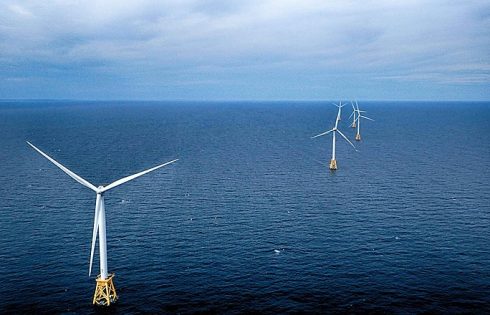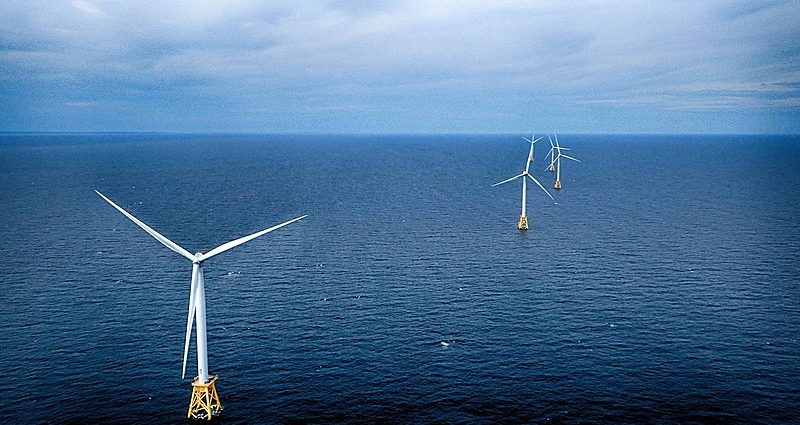The article, titled “A New Weapon Against Climate Change May Float,” introduces many people to the offshore wind farm market, mostly installed countries like Britain, Germany, Denmark and China, which have large expanses of shallow water extending from their coasts.
If platforms could be put almost anywhere at sea, “we can go to areas where we have never before harnessed the wind,” said José Pinheiro, the project director of WindFloat Atlantic.
Pinheiro said that putting turbines on floating platforms would allow wind developers to follow the lead of the oil industry, which routinely drills in water a mile deep.
He explained in the New York Times article that this would open markets like the West Coast of the United States, France and South Korea.
The three platforms will generate enough electricity to light up a city of 60,000 people, Pinheiro said, but the 2018 cost was at 125 million euros, or about $137 million today.
By comparison, turbines of similar size installed on the sea bottom cost around €20 million each when they are used in large facilities in which the costs can be spread among scores of machines. The new technology still “has a long way to go on the economics,” said Alexander Flotre, an analyst at Rystad Energy, a market research firm.

WindFloat ran into delays and cost overruns as local shipyards building the platform struggled, pushing its installation into winter when the seas were too rough to tow it out of the port.
The Chinese coronavirus pandemic has also added to the delays.
Pinheiro also said that the computer systems designed to keep the two platforms balanced took longer to fine-tune than expected. The two platforms that are installed are hooked up to the Portuguese grid and earning money.
Nielsen, a designer of the Equinor floater who is now director of the Bergen Offshore Wind Center at the University of Bergen in Norway. Stronger and more consistent wind is available further at sea. Having more spots to choose from should also provide more leeway to reduce potential conflict between fishing interests and the wind projects.
“If the wind industry is going to expand,” he said, “they really have to move into deeper water.”
Technology may finally be helping the wind turbine industry overcome the hurdles of floating in the rough waters where the bearings wear out too fast, but if they make the bearings bigger and stronger, turbine performance plummets, because larger bearing create greater friction, according to a recent article at the Telegraph.
WindFloat is banking on it.





